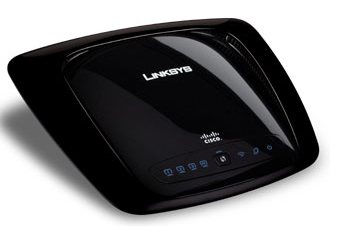Many of the home users access Internet through broadband router, which is often configured on the default IP address 192.168.1.1. It is a private IP Address, which can be used on any network unlike Public IP Addresses, which can be used by only one device on the entire Internet.
This post is about tightening security on your broadband router so as t ensure the best Internet Security for your network and all devices connected to it. Often people take it lightly and ignore some basic steps, which can potentially expose them to hacking and make them vulnerable.
Please check that you follow these basic steps on your broadband network:
- Change Your Default Login Details: Almost all broadband routers come with a default username / password settings. These can easily be changed but many people just overlook it and keep them as default. Now these default details are known to everybody and there are websites, which tell you about the default passwords of common routers. Anybody, with a knowledge of the type of router you are using can get access to your router settings.
- Change the SSID: SSID is the name, by which your Wifi signal is identified. It also has a default name. Make sure to change it as soon as you start using it.
- Hide the SSID: The SSID can be hid through the options / settings of your broadband router. Make sure to hide it. This will ensure that a casual passerby does not discover your router. It can greatly reduce the chances of your network getting hacked by casual hackers.
- Update the Firmware: Router manufacturers keep on updating the firmware adding more features and plugging the vulnerabilities. Make sure to use the latest version of the firmware on your device.
- Use MAC Filtering: Every computing device like PC, laptop, mobile etc. have a built in MAC Address, which is unique to them, which means that no two devices can have the same MAC Address. You can change the settings in your router to allow only certain devices to access it by listing their MAC Addresses in the settings. This will ensure that no other device, even if they are able to catch your Wifi signal, is in a position to access your network.
- Use Encryption: You can change the settings so that the data transfer between your devices and router takes place in an encrypted form. This will ensure that even if somebody is listening to your Wifi signals, he cannot understand the actual data which you are transferring over your signals.
These small tips, might help your to ensure the security of your broadband network.
This is a guest post by Silki from ThePCSecurity.com, who also wrote about how to reset 192.168.1.1 password.
